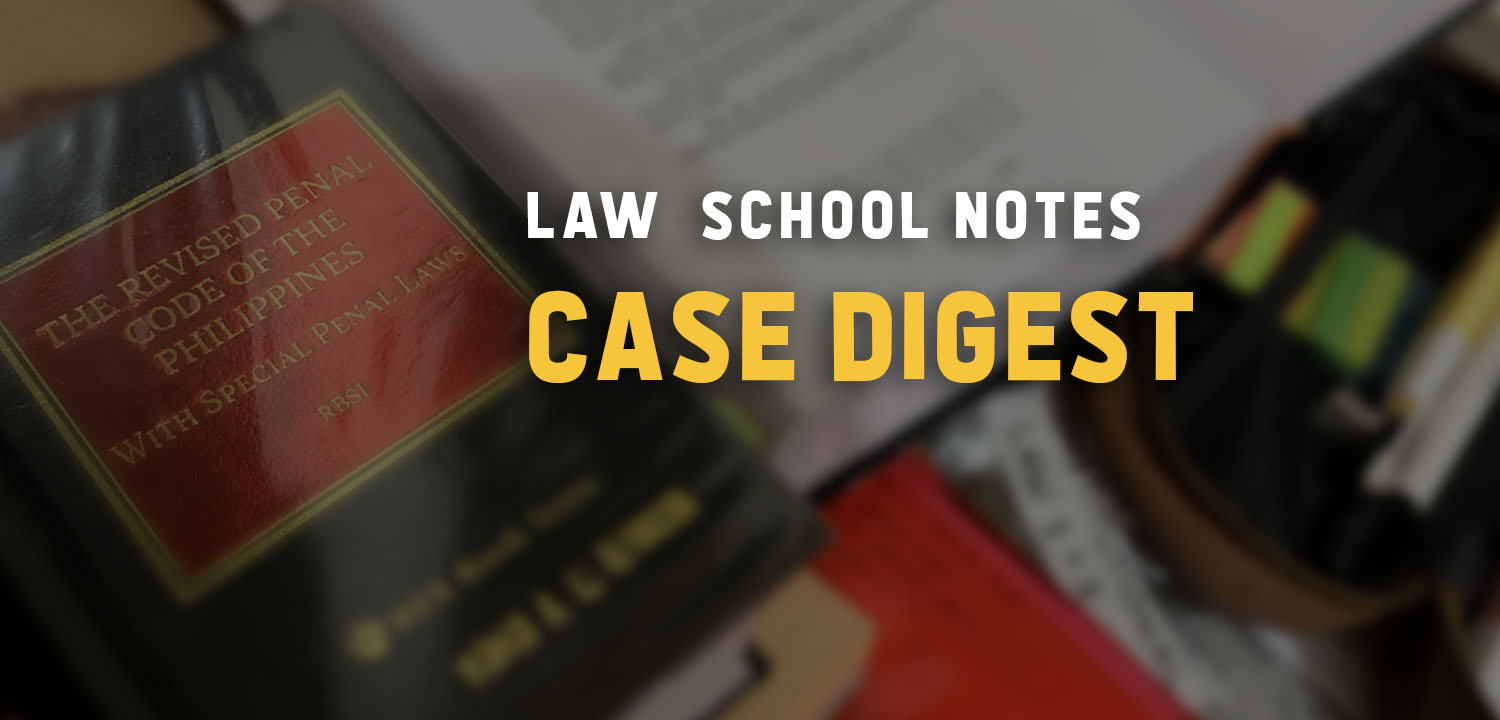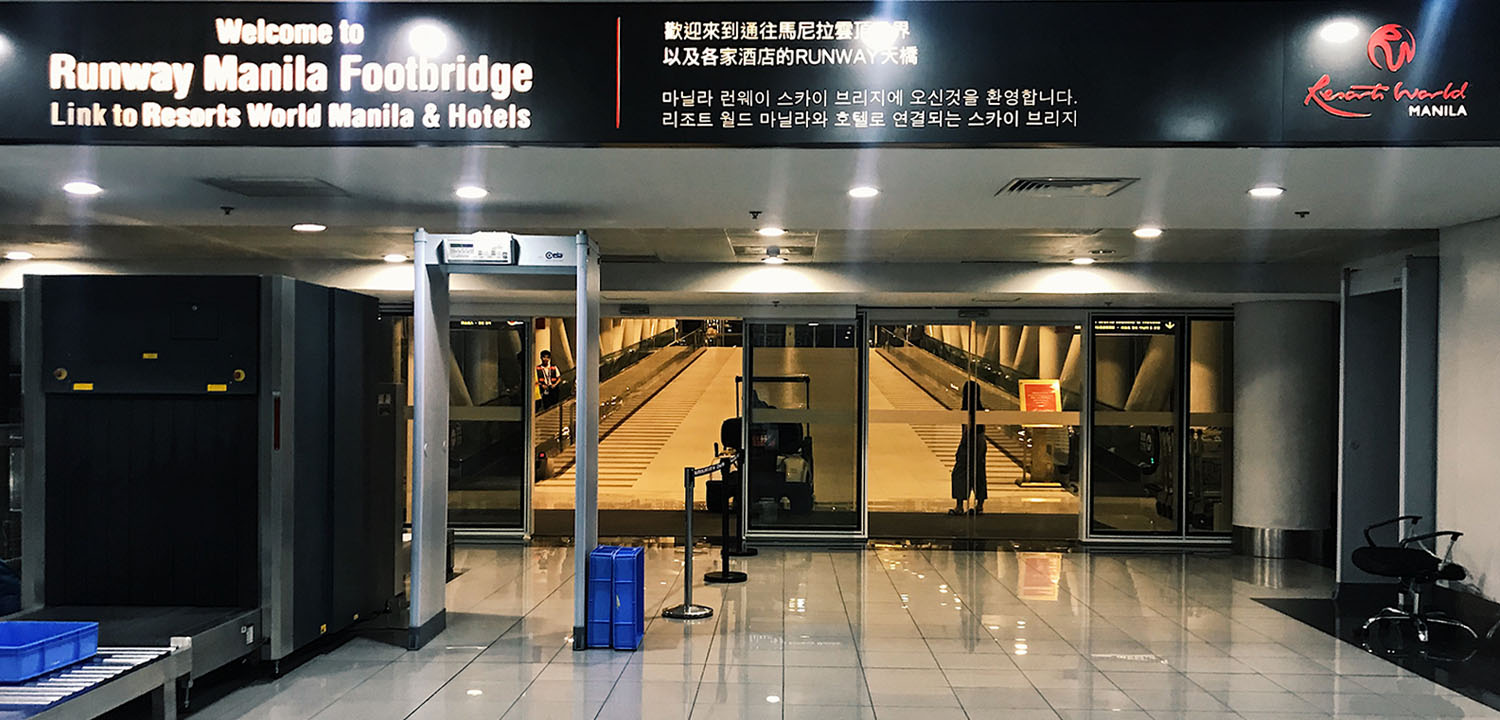Yngson, Jr. vs. Philippine National Bank
G.R. No. 171132. August 15, 2012
FINANCIAL REHABILITATION AND INSOLVENCY ACT OF 2010
FACTS
ARCAM & Company, Inc. obtained a loan by respondent Philippine National Bank (PNB).To secure the loan, ARCAM executed a eal Estate Mortgage and a Chattel Mortgage. However, ARCAM defaulted on its obligations to PNB. Thus, PNB initiated extrajudicial foreclosure proceedings of the Real Estate Mortgage and Chattel Mortgage.
In December 1993, ARCAM filed before the SEC a Petition for Suspension of Payments, Appointment of a Management or Rehabilitation Committee, and Approval of Rehabilitation Plan, with application for issuance of a temporary restraining order (TRO) and writ of preliminary injunction. The SEC issued a TRO and subsequently a writ of preliminary injunction, enjoining PNB and the Sheriff of the RTC of Guagua, Pampanga from proceeding with the foreclosure sale of the mortgaged properties.
In February 2000, the SEC ruled that ARCAM can no longer be rehabilitated. It decreed that ARCAM be dissolved and placed under liquidation. Contending that foreclosure during liquidation was improper, petitioner filed with the SEC a Motion for the Issuance of a Temporary Restraining Order and/or Writ of Preliminary Injunction to enjoin the foreclosure sale of ARCAM’s assets.
The SEC en banc issued a TRO effective for seventy-two (72) hours, but said TRO lapsed without any writ of preliminary injunction being issued by the SEC. Consequently, PNB resumed the proceedings for the extrajudicial foreclosure sale of the mortgaged properties.PNB emerged as the highest winning bidder in the auction sale, and certificates of sale were issued in its favor.
Petitioner filed with the SEC a motion to nullify the auction sale.13 Petitioner posited that all actions against companies which are under liquidation, like ARCAM, are suspended because liquidation is a continuation of the petition for suspension proceedings. Petitioner argued that the prohibition against foreclosure subsisted during liquidation because payment of all of ARCAM’s obligations was proscribed except those authorized by the Commission. Moreover, petitioner asserted that the mortgaged assets should be included in the liquidation and the proceeds shared with the unsecured creditors.
ISSUE
Whether or not PNB was not barred from foreclosing on the mortgages?
HELD
No. Under Republic Act No. 10142, otherwise known as the Financial Rehabilitation and Insolvency Act (FRIA) of 2010, the right of a secured creditor to enforce his lien during liquidation proceedings is retained. The petitioner’s argument on the right of first preference as regards unpaid wages, the Court has elucidated in the case of Development Bank of the Philippines v. NLRC that a distinction should be made between a preference of credit and a lien. A preference applies only to claims which do not attach to specific properties. A lien creates a charge on a particular property. The right of first preference as regards unpaid wages recognized by Article 110 of the Labor Code, does not constitute a lien on the property of the insolvent debtor in favor of workers. It is but a preference of credit in their favor, a preference in application. It is a method adopted to determine and specify the order in which credits should be paid in the final distribution of the proceeds of the insolvent’s assets. It is a right to a first preference in the discharge of the funds of the judgment debtor.
Consequently, the right of first preference for unpaid wages may not be invoked in this case to nullify the foreclosure sales conducted pursuant to PNB’s right as a secured creditor to enforce its lien on specific properties of its debtor, ARCAM.
DISPOSITIVE PORTION
WHEREFORE, the petition for review on certiorari is DENIED.
With costs against the petitioner.
SO ORDERED.





